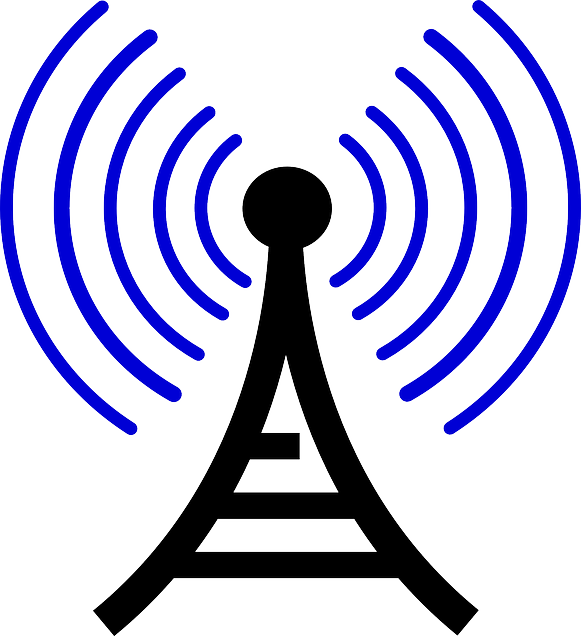
The fact that much of the Western world spends too much time glaring at screens, surfing the net, and scrolling on social media apps is a topic that is often discussed. One of the few times that people used to be forced to unplug was while on board a flight. In recent years, however, connecting to an airline’s WiFi has become much more common, a service that used to be accessed primarily by busy businesspeople.
How does this advanced technology actually work?
There are two main types of inflight internet connectivity, one which uses antennas and the other that relies on satellites.
The first category is widely known as air-to-ground (ATG). Using this method, an antenna on the aircraft catches signals from cellphone towers on land. A major drawback is that the quality of the connection depends on the location of the aircraft at a given moment – for example, when flying over an ocean or a desert, service will drop as there is greater distance between the plane’s antennas and the cellphone towers. For this reason, many airlines are making the switch to satellite-based connections. Using satellites, the signal remains stronger no matter the location or movement of the aircraft.
While satellites resolve some of the major disadvantages of ATG, that system requires constant upkeep and advancements of the network. It is much simpler, faster, and cheaper to install new cellular towers than to launch a new satellite into space.
While the mere fact that such services exist is remarkable, there are a lot of improvements that need to happen in terms of expanding network service and speed. As with all technologies, it is likely just a matter of time till we see more impressive developments.